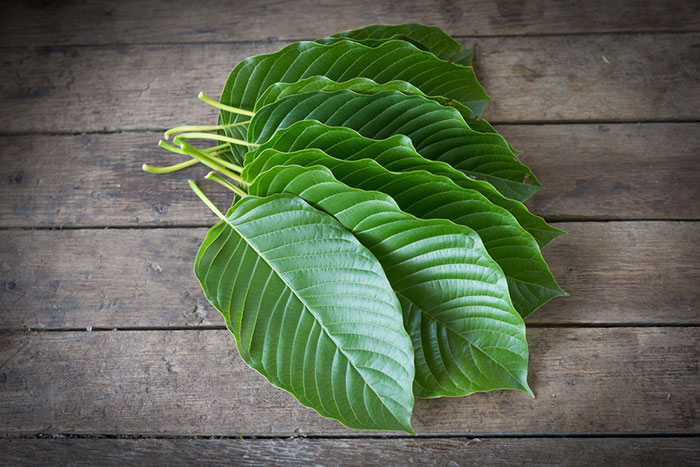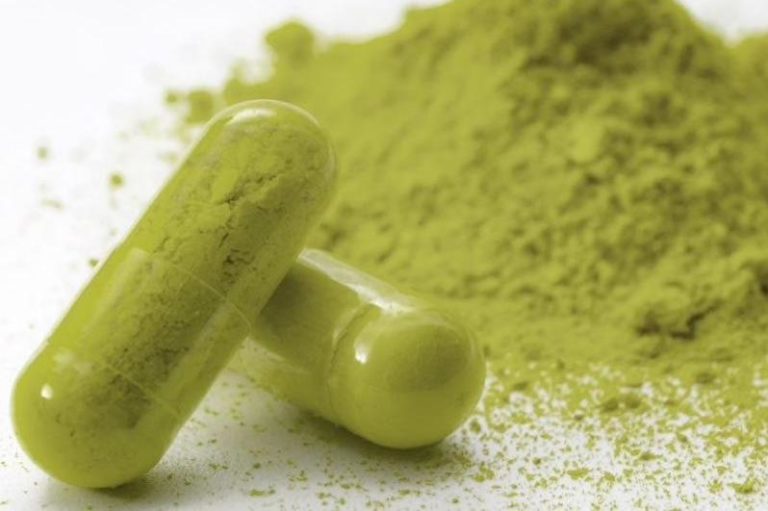Noose Tightens Around Kratom

In April, we reported on an FDA order to remove some kratom products from the market because of Salmonella contamination. That turned out to be the opening shot in a war that the federal government has declared on the herbal product — or, at least, that’s how kratom’s advocates see it. In this story, we review what has happened since with the opioid mimic and the government’s efforts to discourage its use.
The FDA has made no secret of its wish that kratom would simply go away. The agency’s ability to regulate herbal products is limited to ensuring safety and to prevent vendors from making overt unapproved health claims. But when it comes to kratom, the agency has pulled both of those levers as hard as it can.
‘No Proven Medical Uses’
Since that recall notice was issued April 3, the FDA pushed additional vendors of kratom products to pull products for safety reasons, some because of actual positive results on Salmonella tests and others “out of an abundance of caution.” The CDC also joined the effort, identifying nearly 200 individuals who developed Salmonella infections tied to kratom, including 50 who were hospitalized. Although the CDC declared the outbreak over on May 24, the FDA continued to issue recall announcements related to Salmonella for more than a month afterward.
Another batch of warning letters for unapproved health claims went out in early September. In announcing them, Gottlieb hammered on the lack of “well-controlled scientific studies” to demonstrate kratom’s effectiveness for relieving pain or opioid withdrawal symptoms, or on how it may interact with other agents and the adverse effects that could result. “We cannot allow kratom products with unsubstantiated claims to prevent those with [opioid use disorder] from seeking treatments that have been demonstrated to be safe and effective,” he thundered.
Continue Reading at MedPage Today




